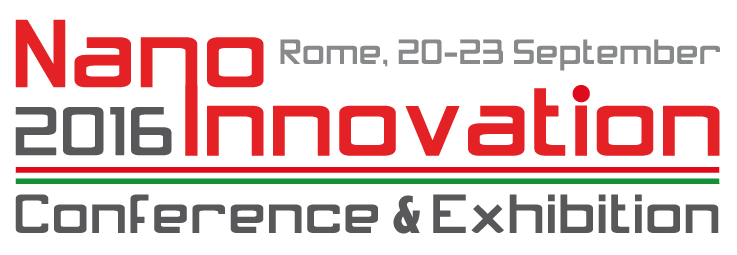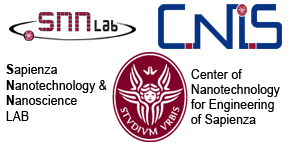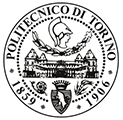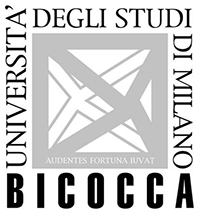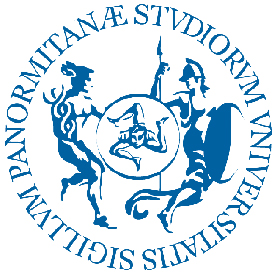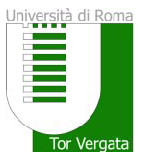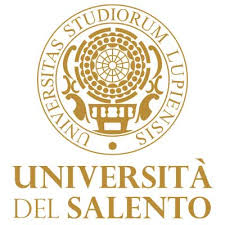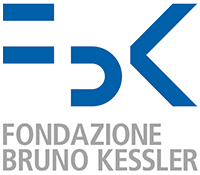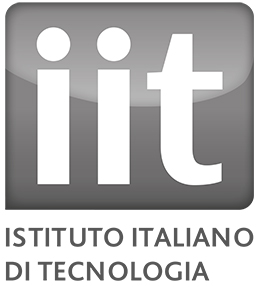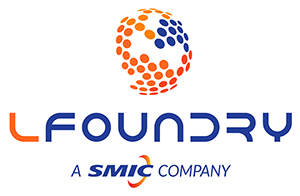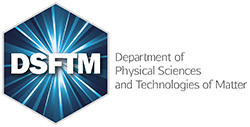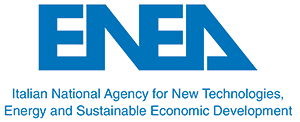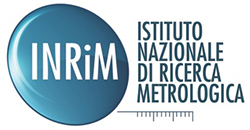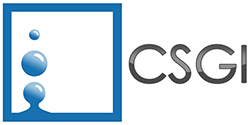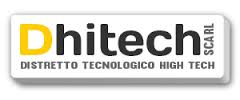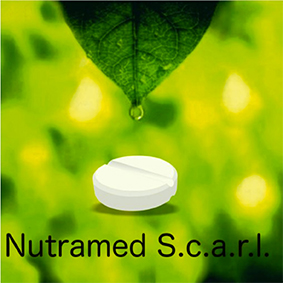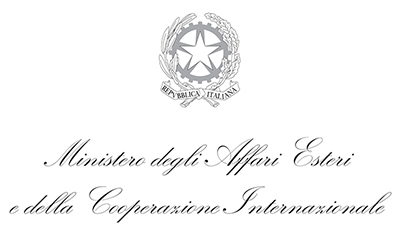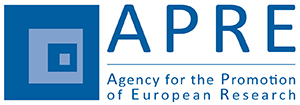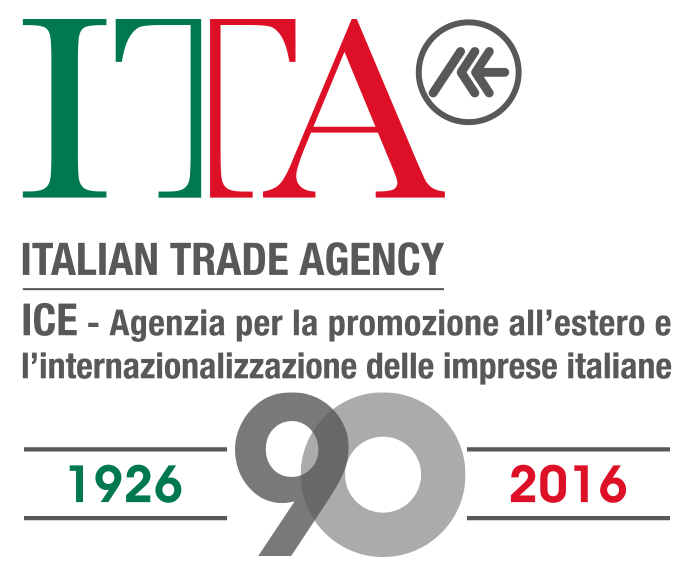TS.II.D.1
Safety Assessment of nanomaterials using the DF4nano decision-making framework
Robert LANDSIEDEL - BASF, Germany
The European Centre for Ecotoxicology and Toxicology of Chemicals (ECETOC) ‘Nano Task Force’ proposes a Decision-making framework for the grouping and testing of nanomaterials (DF4nano) consisting of 3 tiers to assign nanomaterials to 4 main groups (with possible further sub-grouping) and to refine specific information needs. The DF4nano covers all relevant aspects of a nanomaterial’s life cycle and biological pathways: intrinsic material and system-dependent properties, biopersistence, uptake and biodistribution, cellular and apical toxic effects. Use, release and exposure route may be applied as ‘qualifiers’ to determine if, e.g., nanomaterials cannot be released from products, which may justify waiving of testing. The four main groups encompass (1) soluble, (2) biopersistent high aspect ratio, (3) passive, and (4) active nanomaterials. The DF4nano foresees a stepwise evaluation of nanomaterial properties and effects with increasing biological complexity: As necessary, intrinsic material properties, system-dependent properties (e.g. surface reactivity and dispersibility that are dependent upon the nanomaterial’s respective surroundings, such as culture media or lung lining fluid) and in vitro effects (preferably using alveolar macrophages as relevant in vitro test system for inhalation exposure) are assessed.
Case studies covering carbonaceous nanomaterials, metal oxide and metal sulphate nanomaterials, amorphous silica and organic pigments (a total of 24 materials) were performed to assess the Decision-making framework for the grouping and testing of nanomaterials. The DF4nano proved efficient in sorting out nanomaterials that could undergo hazard assessment without further testing. These are soluble nanomaterials (MG1) whose further hazard assessment should rely on read-across to the dissolved materials, high aspect- ratio nanomaterials (MG2) which could be assessed according to their potential fibre toxicity and passive nanomaterials (MG3) that only elicit effects under pulmonary overload conditions. Thereby, the DF4nanoGrouping allows identifying active nanomaterials (MG4) that merit in-depth investigations, and it provides a solid rationale for their sub-grouping to specify the further information needs. Finally, the evaluated case study materials may be used as source nanomaterials in future read-across applications.
Overall, the DF4nanoGrouping facilitates grouping and targeted testing of nanomaterials. It ensures that sufficient data for grouping and ultimately risk assessment of a nanomaterial are available, and it fosters the use of non-animal methods. At the same time, no studies are performed that do not provide crucial data. Thereby, the DF4nanoGrouping serves to save both animals and resources.
Back to TS.II.D
